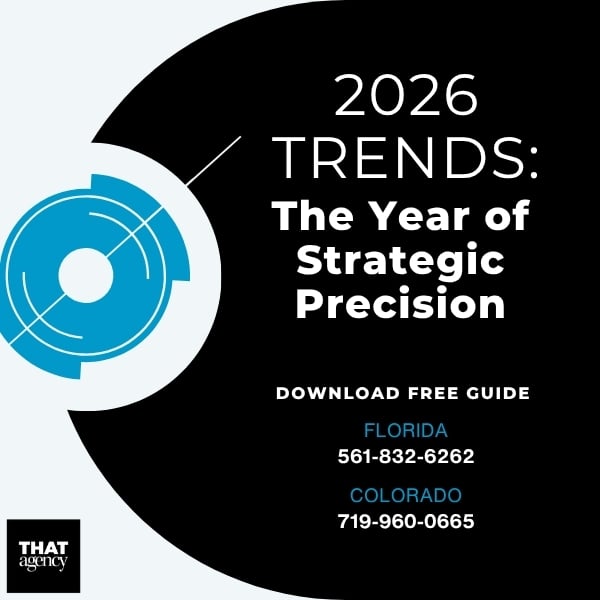Did you know that you can create content for every stage of your buyer’s journey? With a little planning, your content can reach your ideal customer, whether they are just discovering your brand on your blog or stuck on your product page deciding whether to make a purchase. Every piece of content you publish, be it a blog, article, ebook, case study, landing page, infographic, or video, can be a powerful motivator and educator when it reaches your audience at the right time.
The secret to making this work? Content mapping.
A content map is simply a plan that details how your business will deliver content to your ideal customers, no matter where they are on their journey. In other words, it lays out exactly how and when your content will connect with your audience.
By using a content map, you can figure out where your audience is in their buying process and plan personalized content to help guide them forward. It shows you how to tailor each piece of content to meet the needs of different customer groups (or personas) as they learn about, consider, and eventually decide on your services.
Content mapping is the process of building your content map. It involves creating a plan that matches your ideal audience with the right content at the right stage of their journey. Essentially, content mapping answers questions like:
The ultimate goal of content mapping is to create a personalized content experience that supports, nurtures, engages, and draws your potential customers closer to a decision. When you have a clear content mapping strategy, you’re not just blogging or posting for the sake of it, you’re creating a step-by-step guide that helps your audience move through their buyer’s journey.
Let’s be real: creating content just to “have content” isn’t a strategy, it’s busywork. You can spend hours writing blogs, making videos, or designing graphics, but if none of it actually helps your audience or brings them closer to choosing you, what’s the point?
That’s where content mapping comes in. It’s the difference between guessing and knowing. It’s how you stop posting blindly and start publishing with purpose.
Here’s why content mapping is such a game-changer for your marketing strategy:
You’ve probably heard of the buyer’s journey, the steps people take before they decide to buy something. But if your content only speaks to people at one step (like the beginning), you’re leaving a lot on the table.
So what does content mapping help with here? It helps you make sure you’ve got helpful, relevant content for every stage of the journey:
Without content mapping, you might end up writing a ton of content for the awareness stage and completely forget about helping people through consideration or decision. That creates a gap, and guess who steps in to fill it? Your competitors.
Ever hit “publish” on a blog post and then… crickets?
It’s frustrating, especially when you’ve put real time into something. Content mapping helps prevent that by making sure every piece of content you create has a job to do.
Instead of just writing a blog because “you’re supposed to,” you’re writing it because: It solves a problem your audience is currently facing, It’s part of a bigger journey you’re guiding them through, and/or It leads them naturally to the next step.
That means you’re not just creating content, you’re building a path. A path that helps your audience learn, grow, and eventually… buy.
With content mapping, your content becomes a strategic tool, not a shot in the dark.
It’s a shift in mindset. You go from: “Let’s hope this gets clicks.” to “This blog is here to educate first-time visitors and point them to our free guide, which helps them compare options, which leads to a discovery call.”
Suddenly, your content isn’t just existing, it’s working for you.
People don’t just want products, they want solutions, guidance, and connection.
When you give them content that truly helps them at every step of their journey, something powerful happens: they trust you.
They feel like you “get it.” Like you’ve walked in their shoes and created something just for them.
That kind of trust turns casual readers into engaged leads. And when you deliver a great product or service on top of that? You don’t just gain a customer, you gain a fan.
Content mapping leads to:
Because when someone feels supported from the moment they find you to the moment they buy, and beyond, they remember that. And they come back.
Absolutely.
It takes a little extra time and planning up front, sure. But in return, you get:
It’s one of the most powerful ways to turn your marketing from reactive to intentional. From scattered to strategic. From "content for content’s sake" to "content that leads somewhere."
If you’re serious about helping your audience and growing your business, content mapping isn’t just a nice-to-have, it’s a must.
So you're ready to build a content map, but where do you even start?
Good news: you don’t need to be a marketing expert to get this right. Content mapping is really just about putting yourself in your customer’s shoes and making sure the content you create helps them every step of the way.
Below is a simple, step-by-step guide to walk you through it.
Before you can plan out your content, you have to know who you’re creating it for. This step is all about audience research and building buyer personas, two things that will help you understand your ideal customer inside and out.
Audience research means learning everything you can about the people you want to reach. You want to understand their:
Here are a few ways to do that:
It’s tempting to assume you know your audience, especially if you’ve been in business for a while. But assumptions can lead you in the wrong direction.
Content mapping only works if it’s based on real people and real behavior. So even if you think you know your audience, test your assumptions. You might find new patterns, interests, or frustrations you hadn’t noticed before.
Once you’ve gathered your audience research, it’s time to turn that information into something usable: buyer personas.
A buyer persona is a made-up character that represents a real type of customer you serve. It’s like building a profile of your ideal buyer, but instead of just listing demographics, you’re also thinking about their behavior, needs, and goals.
Here’s what to include in each persona:
Most businesses do. If your product or service helps more than one type of person, you’ll need a persona for each major group.
For example:
Having multiple personas helps you tailor content more specifically, because different people need different things at different times.
Let’s say you run a business that sells productivity tools. One of your personas might look like this:
With a persona like this, you can now start creating content that speaks directly to Brenda, what she’s going through, what she’s searching for, and how you can help.
You might be thinking, “Can’t I just write content for everyone and hope for the best?”
The short answer: you could, but it probably won’t get you far.
Content that tries to speak to everyone often ends up connecting with no one. It’s too broad, too generic, and it doesn’t feel personal.
Content mapping helps you narrow your focus. It reminds you that your audience is made up of real people, people who want to feel like you understand them.
And when your content feels like it was made just for them? That’s when the magic happens.
Now that you’ve figured out who you’re talking to (thanks to your personas), it’s time to understand what they’re thinking along the way.
Every customer, no matter what they’re buying, goes through a process before they make a decision. This process is called the buyer’s journey, and content mapping only works when you understand what’s going on in their head at each stage.
So, what does this journey look like? It’s typically made up of three key stages:
This is the beginning of the journey. Your potential customer knows something isn’t quite right, but they can’t put their finger on it yet. They’re feeling a challenge or a frustration, but they haven’t clearly defined the problem.
Let’s say someone is searching for “why am I always tired at work?”
They’re not ready to buy anything yet, they’re just trying to understand what’s going on.
At this stage, people are looking for helpful, educational content. They want to:
What kind of content works here?
Your goal here is not to sell, it’s to help. You’re building trust by being a helpful resource that answers their questions, no strings attached.
Common questions your personas might ask in this stage:
Now the buyer has figured out what the issue is. They’ve put a name to the problem, and they’re actively looking for ways to fix it.
Going back to our example: Now they’re searching for “natural ways to boost energy during the workday” or “best vitamins for fatigue.”
They’re researching their options. Comparing. Evaluating. They’re not ready to buy yet, but they’re getting closer.
This is where your content needs to shift. You’re no longer just helping them define the problem, you’re helping them explore solutions.
Best content types for this stage:
Your job is to show up as a trustworthy source. You want to give them helpful info, while gently positioning your solution as one of the best options out there.
Common questions your personas might ask in this stage:
Now we’re getting to the home stretch.
The buyer knows what the problem is. They’ve explored their options. Now they’re narrowing down who or what they want to go with.
They’re ready to take action, but they need a final push.
In our example, maybe they’ve narrowed it down to two products. Now they’re searching for “Brand A vs Brand B energy supplement” or reading customer reviews.
At this stage, your content should help build confidence and answer final questions. It’s okay to be more product-focused now, because that’s what they’re looking for.
Content that works well in the decision stage:
Your goal here is simple: remove any lingering doubts. Make it easy to say “yes.”
Common questions your personas might ask in this stage:
When you sit down to map out content, it helps to ask:
If you’re heavy on awareness content but don’t have much for consideration or decision-making, some leads may drop off halfway through. They got excited about your blog post, but then they had nowhere to go next.
Content mapping solves that. It makes sure you’re building a path, not just isolated pieces of content.
Let’s say you run a business that sells project management software. You have a persona named Startup Steve, he owns a small business and struggles with staying organized.
Here’s what his journey might look like:
That’s the power of content mapping. It’s not about creating random content. It’s about walking your audience through the process, one helpful piece at a time.
By now, you’ve figured out who your audience is and what they’re going through at each stage of their buyer journey. The next step? Decide where to reach them and when to give them the right kind of content.
It’s not just about making a blog or recording a video. It’s about picking the right type of content, and placing it in the right spot, so your message lands when your audience needs it most.
Let’s break it down stage by stage.
Goal: Help your audience understand and define their problem.
At this stage, your audience isn’t looking for a product yet, they’re just trying to figure out what’s going on. They might not even realize they have a specific problem, they just know something feels off.
They’re asking early questions like:
Your job here is to meet them where they are and help them make sense of it all, without trying to sell them anything yet.
At this stage, keep things helpful and light. You’re not pitching a product, you’re building trust.
Goal: Help your audience explore their options and weigh the pros and cons.
Now your audience understands what the issue is, and they’re actively looking for solutions. This is your chance to step in and show them what’s possible.
They’re thinking:
You’re not trying to “close the deal” yet. Instead, you want to position yourself as a smart, reliable resource. Show them that you’ve done this before, and that you get what they’re going through.
This is your opportunity to guide, not push. Be the brand that helps them feel smarter and more confident about their next step.
Goal: Give your audience the confidence to choose you.
This is the moment they’re ready to act, but they might still have a few hesitations. Maybe they’re comparing prices. Maybe they’re double-checking reviews. Maybe they just need a final nudge.
They’re asking:
This is your time to shine. Make it easy for them to say yes by showing them exactly what they’re getting, and why you’re the best choice.
This is where you shift into sales mode, but in a way that still feels helpful and human. You’re not pressuring anyone. You’re just removing the roadblocks that might be holding them back.
Great question, and the answer depends on your audience.
Here are a few content placement ideas by stage:
|
Stage |
Where It Can Go |
|
Awareness |
Blog, social media, YouTube, online publications |
|
Consideration |
Email campaigns, LinkedIn, resource hubs on your site |
|
Decision |
Product pages, landing pages, sales calls, email CTAs |
Use your buyer persona research to figure out where your audience spends their time online. If your persona is super active on LinkedIn but barely opens emails, prioritize LinkedIn.
If you’re wondering how SEO fits into all of this, here’s the deal:
Every stage has its own keywords.
People in the awareness stage are searching things like:
People in the decision stage might be searching:
Use tools like Google Keyword Planner, Ahrefs, or Ubersuggest to find the search terms your audience is using at each stage. Then bake those keywords into your content naturally.
(And yep, this is exactly where keywords like “what is a content map” should go.)
Let’s say you’ve done the hard part, you know who your audience is, what they need at each stage, and what type of content fits best. Awesome! Now it’s time to put that content map to work.
A content map isn’t just something you create and forget about. It’s a tool. A helpful one. And one of the best things it can do is help you make the most of the content you already have before you start creating anything new.
So how do you do that?
Before you dive into new ideas, take a look at what’s already sitting on your website, blog, YouTube channel, or anywhere else you’ve published content.
Why? Because chances are, you already have some great content, it just might not be aligned with your customer journey yet.
This simple audit will give you a clearer view of where you’re solid, and where your content is falling short.
Pro Tip: You don’t need to use fancy tools. A simple spreadsheet with columns for content title, URL, persona, buying stage, and performance (like views or conversions) works just fine.
Once you’ve done your audit, it’s time to fill in the blanks.
This is where your content map becomes your creative partner. Think of it like a checklist:
You don’t need to fix everything all at once. Just prioritize the areas where you're losing potential customers, or where your competitors are doing a better job.
Now that you’ve looked at what you have and what you need, it’s time to organize it in a way you and your team can actually use.
Because if it’s not written down, it’s just an idea. And ideas are easy to forget. But when you document your plan, you give your content strategy structure and clarity. You also make it easier to share with your team, track progress, and update over time.
Use a spreadsheet, whiteboard, or digital project tool, whatever works for you.
Here’s what to include:
Bonus tip: Add a column for keywords you want to target. This helps you stay SEO-focused and ensures you’re using the language your audience is actually searching for.
Not at all. A full content audit and mapping session is something you only need to do every few months or once per quarter.
But your content map? That’s a living document. It grows with your business. Every time you create something new, check it against the map:
This habit turns content marketing from a guessing game into a strategy you can actually measure, and scale.
At its core, content mapping is about building a stronger connection with your audience. When you map out how your content supports your buyers every step of the way, you achieve several key benefits:
Content mapping might seem a bit overwhelming at first, but it’s one of the smartest moves you can make for your marketing strategy in 2025. It ensures that your content is not only published but is also effective at moving prospects through the buyer’s journey.
Remember: Every blog, article, video, and social media post can become a powerful tool in your marketing arsenal when you have a clear, thoughtful content map. The planning you put in today creates a smoother, more personalized experience for your customers tomorrow.
Ready to create a content map that works? If you need help setting up a strategy that meets your business goals and reaches the right audience at the right time, contact THAT Agency. We’re here to help you build content that inspires, connects, and drives real results.
Tags: Content Strategy, Buyer's Journey, Personalization, Audience Insights
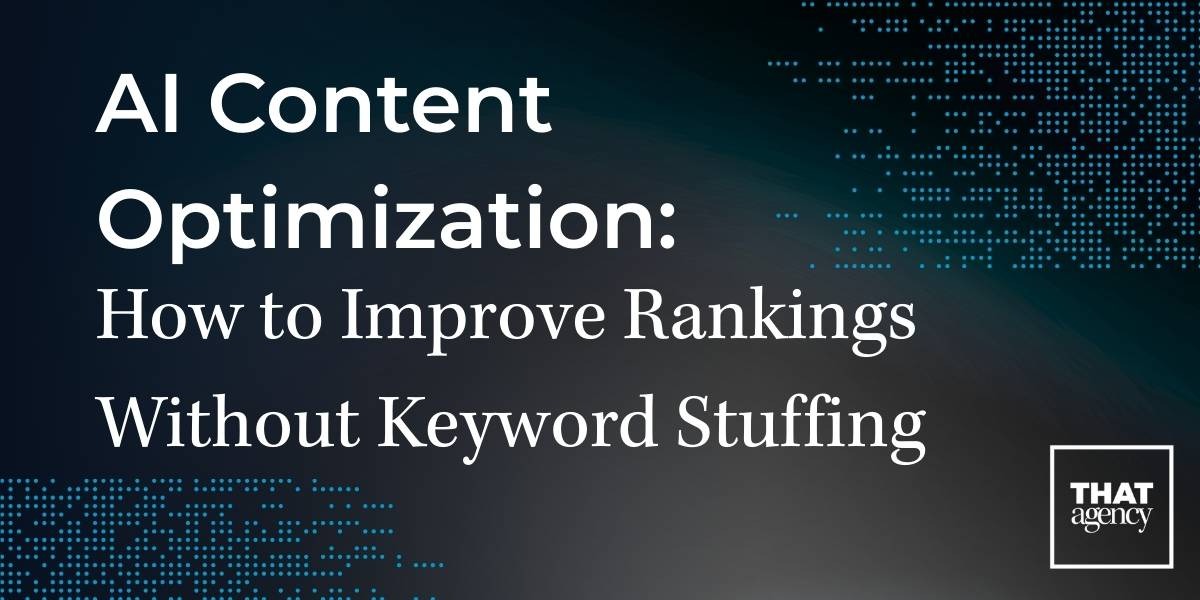
AI Content Optimization: How to Improve Rankings Without Keyword Stuffing
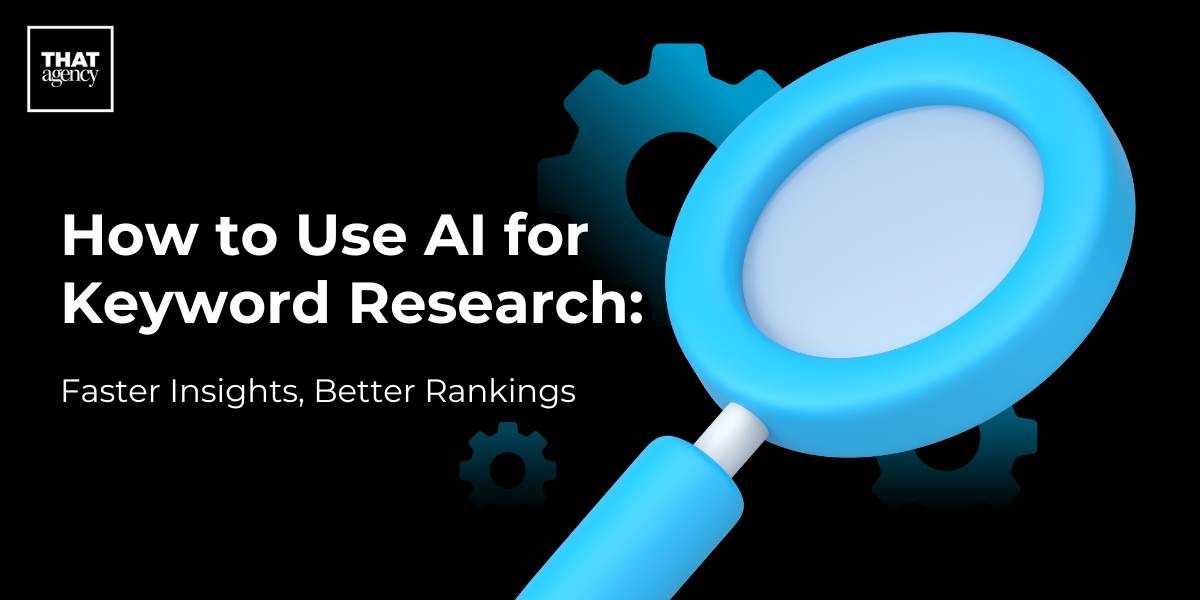
How to Use AI for Keyword Research: Faster Insights, Better Rankings
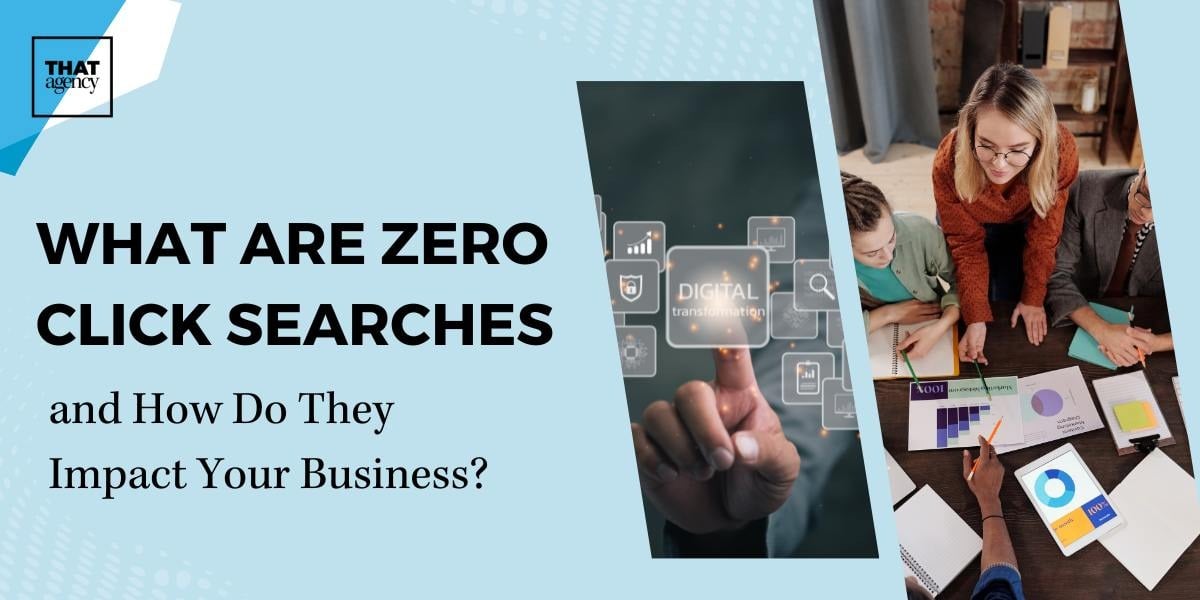
What are Zero Click Searches and How Do They Impact Your Business?
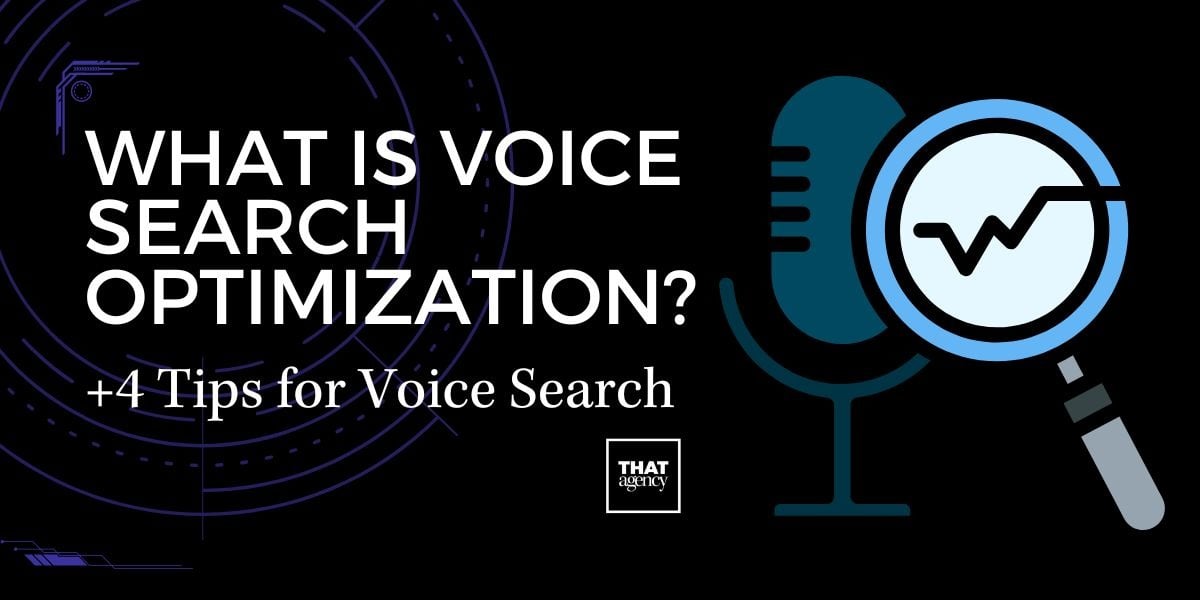
What is Voice Search Optimization? +4 Tips for Voice Search
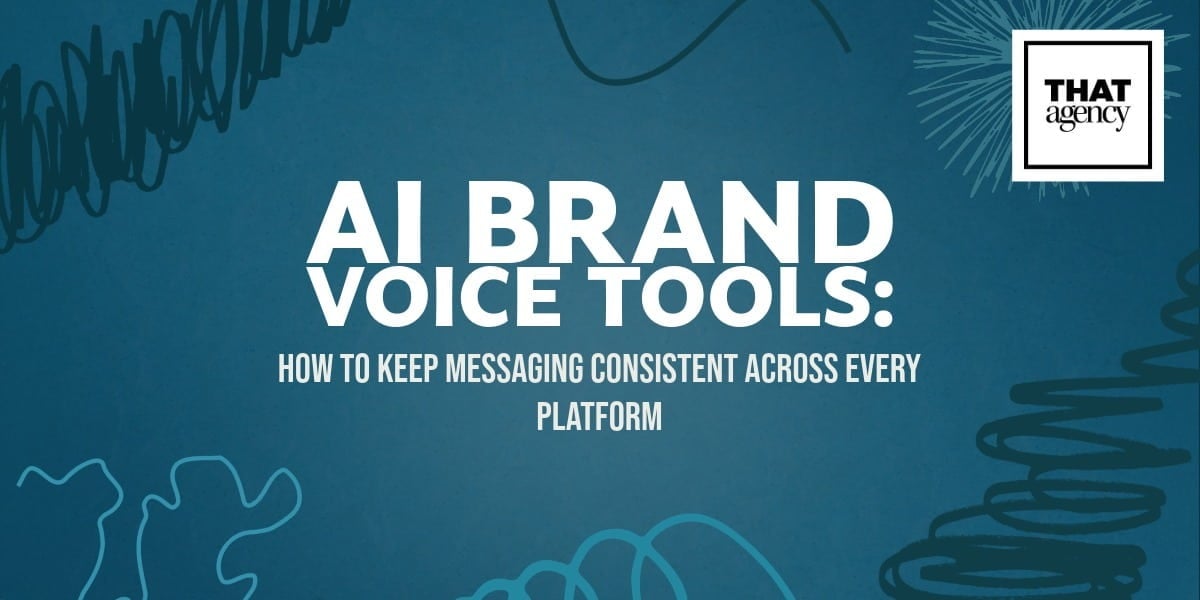
AI Brand Voice Tools: How to Keep Messaging Consistent Across Every Platform
700 S. Rosemary Ave.
Suite 204-707
West Palm Beach, FL 33401
P: 561.832.6262
F: 561.832.7707

